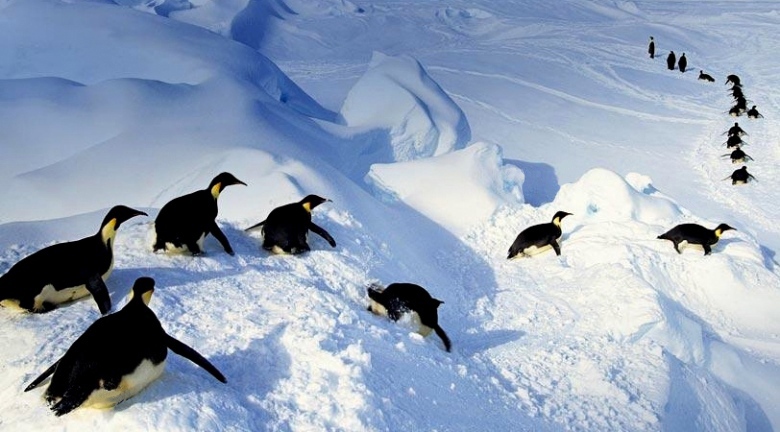
A deal to attempt to limit the rise in global temperatures to less than 2C has been agreed at the climate change summit in Paris after two weeks of intense negotiations. The pact is the first to commit all countries to cut carbon emissions. The agreement is partly legally binding and partly voluntary.
The agreement is extremely welcome. However, we should also be cautious. It is clear that the 1C temperature rise over pre-industrial levels that we have seen so far has triggered a whole range of effects including melting of mountain glaciers, significant sea-level rise, devastating droughts, and flooding. These effects are likely to get much worse with even modest future increases. Keeping temperatures to manageable levels also assumes that we know what the precise link is between atmospheric greenhouse gas concentrations and the global temperature response. We don’t know this, nor the nature and strength of natural feedbacks in the climate system that might drive future warming.
Stephen Harrison, University of Exeter
For all that is encouraging in the draft agreement, the timescales and lack thereof are worrying. Little substantive will happen until 2020, while clear deadlines for specific targets are generally absent. Even if this agreement is accepted in Paris, plenty of opportunities remain for governments to change and for legislatures to fail to ratify. It will be particularly difficult to deal with the US Congress.
Ilan Kelman, UCL
This marks a big step in our attempts to curb climate change. The goal of limiting the rise in global temperature to well below 2C, and to work towards 1.5C, is more ambitious than many would have thought just a couple of years ago. But, as the agreement points out, the pledges that have currently been made are not sufficient to achieve this target. The agreement includes a commitment to update pledges and make them more progressive, but the text is vague on the overall ambition: it does not specify a date for the peaking of emissions, and specifies only that reductions should lead towards “greenhouse gas emissions neutrality” in the “second half of the century”.
Nigel Arnell, University of Reading
Paris has shown all countries of the world taking the climate threat seriously, and this is to be applauded. The agreement will help reduce the chances of dangerous climate change, though by exactly how much is hard to quantify. When we speak about targets of two degrees, or even 1.5, we should remember that science has yet to uncover a simple relationship between carbon emissions and the level of future global warming. Instead, the relationship is imprecise, even more so at the regional level, reflecting current uncertainties in many complex processes at play in the climate system.
Tim Palmer, Royal Society research professor in climate physics
The ice core and observational records show so strikingly how as humans we have dramatically altered our global atmosphere in such a short time, with all the attendant risks to this and future generations. Today, though, we have seen another side of humanity. We have seen an unprecedented demonstration of how global cooperation has the potential to steer us on to a pathway to a safer future.
Emily Shuckburgh, British Antarctic Survey
